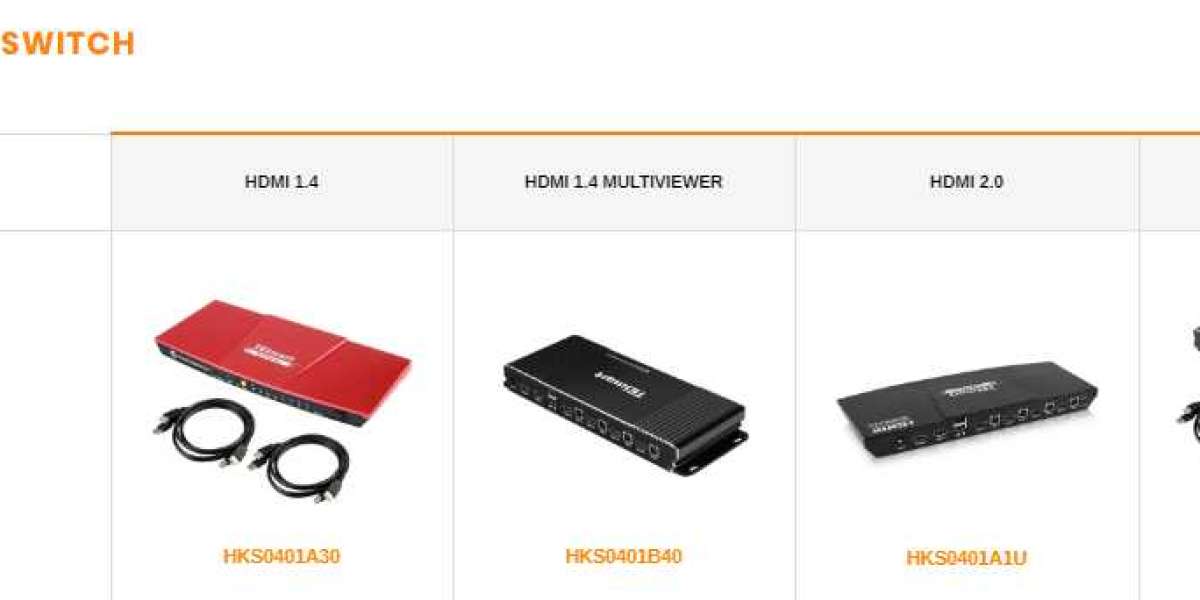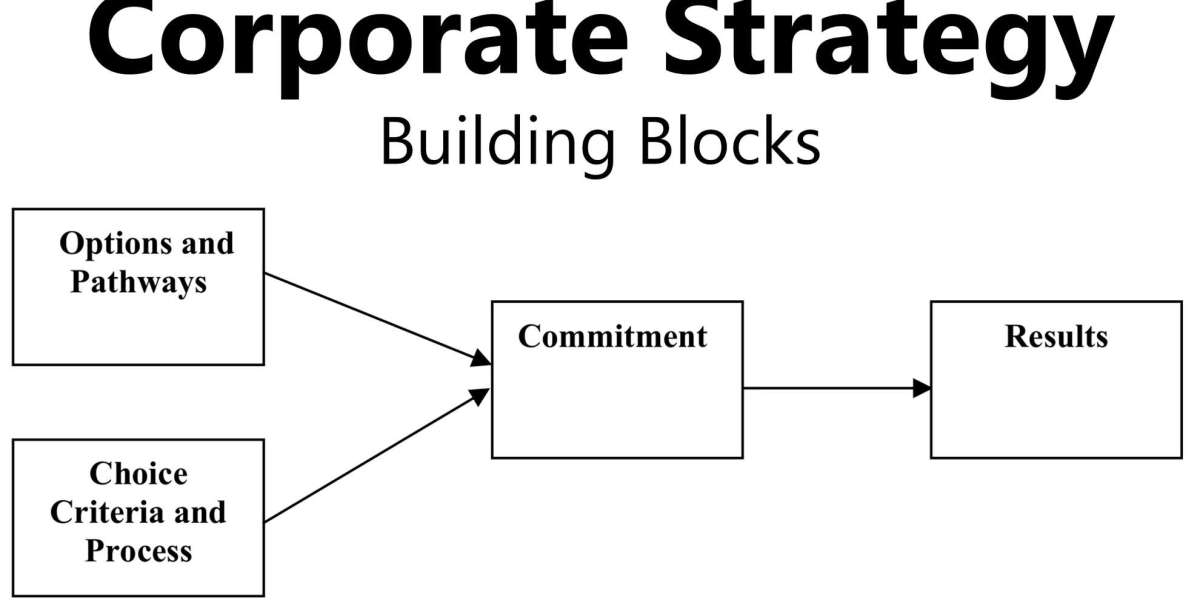If you want to go beyond playing shapes and start truly understanding your instrument, learning the guitar fretboard is the most important step you can take. While many guitarists memorize chords or riffs, it’s fretboard fluency that separates casual players from confident, creative musicians.
The guitar fretboard might seem like a maze at first — six strings, dozens of frets, and the same notes repeating in multiple places. But once you start to recognize the patterns and relationships between notes, the fretboard becomes your musical playground, not a mystery.
Every fret represents a half-step (one semitone), and every string is tuned to a specific note. Standard tuning, from lowest to highest string, is E–A–D–G–B–E. This tuning forms the foundation for every scale, chord, and melody you’ll ever play. Knowing where notes are located across these strings allows you to:
Play in any key
Transpose instantly
Build chords on the fly
Improvise across the neck
Understand music theory with ease
Learning the guitar fretboard starts with memorizing key anchor points. Start with the low E and A strings — most chords and scales are rooted here. Once you can find all natural notes (A, B, C, D, E, F, G) on these strings, you can use octave patterns to locate the same notes on higher strings.
This is where a visual learning tool like the Guitar Theory Cheat Sheet Mousepad becomes incredibly useful. It provides quick-reference fretboard diagrams, note names, and essential theory content that keeps your mind and fingers connected while you play or practice. Instead of flipping through a book or watching a video mid-session, you can glance down at your desk and reinforce your knowledge instantly.
One of the most effective ways to learn the fretboard is by using scale patterns. When you learn a scale, such as the minor pentatonic, and practice it across the fretboard, you begin to see how notes connect in positions. These five-box patterns link together and allow you to play scales seamlessly up and down the neck.
In addition to scales, chord shapes also teach fretboard navigation. Barre chords are movable versions of open chords. Once you understand that a barre chord is simply an open chord shape moved up the neck with your index finger acting as the nut, you can play major, minor, and seventh chords in any key — all over the fretboard.
But the real game-changer is learning intervals. Intervals are the distance between two notes, and recognizing these on the fretboard allows you to:
Build chords from scratch
Harmonize melodies
Create tension and release in solos
Understand chord tone targeting
By visualizing thirds, fifths, sevenths, and other intervals on the fretboard, you unlock the mechanics of harmony in a way that makes playing — and writing — music much more intentional.
Don’t forget to practice across the strings, not just up and down them. Many players get stuck thinking vertically, but horizontal knowledge helps you create smoother lines and understand the fretboard as a connected system rather than isolated boxes.
Use exercises like:
Naming every note on one string
Playing one octave in all its positions
Finding all the C notes across the neck
Building triads starting from any root
The more fluent you become on the fretboard, the more expressive and versatile you’ll be. You’ll stop relying solely on tabs or memorized positions and start improvising freely, playing by ear, and adapting quickly to any musical situation.
For songwriting, fretboard mastery means you can find alternate voicings, explore new keys, and write more creatively. For performing, it means fewer mistakes, better improvisation, and smoother transitions. For learning theory, it gives you a visual foundation that connects scales, chords, arpeggios, and progressions together in one unified system.
In short, the guitar fretboard is not just part of your instrument — it is your instrument. Everything you do musically happens there. Mastering it will improve your technique, theory, creativity, and confidence. And with practical tools like the Guitar Theory Cheat Sheet Mousepad, you’ll have everything you need right in front of you as you grow.






